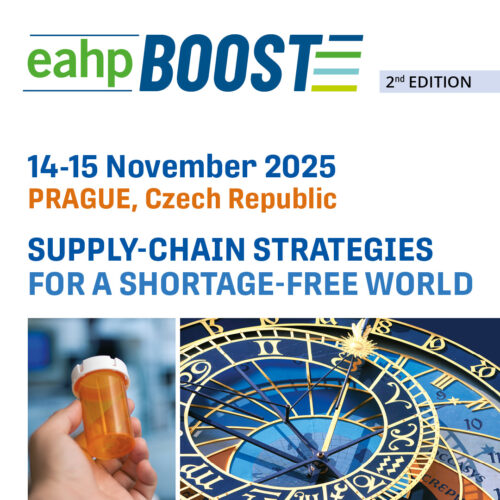IMPLEMENTING PHARMACIST PRESCRIBING AT SCALE ACROSS A UNITED KINGDOM NHS HOSPITAL TRUST
European Statement
Introductory Statements and Governance
Author(s)
D. Campbell, W. Baqir, O. Crehan, R. Murray, N. Wake, R. Copeland
Why was it done?
Supplementary prescribing was implemented as an attempt to reduce prescribing errors at the point of admission. Pharmacists working in more ‘traditional’ clinical roles would identify errors and then ask junior doctors to correct the mistakes made. Not only did this expose patients to unnecessary risks but this was an inefficient use of resources. Prescribing allowed pharmacists to work much more autonomously.
What was done?
Our initiative was to implement pharmacist prescribing across an NHS hospital trust. We focused on developing and using generalist prescribing pharmacists to enhance their current ward based role. We have adopted an “anytime, anywhere” approach to prescribing, where the prescribing pharmacist, like their medical counterparts, can prescribe any medicine, for any patient, for any condition and in any setting.
How was it done?
Pharmacist supplementary prescribing commenced on a single ward, with staff working within a care plan, managing patients. Independent prescribing allowed prescribing service to be rolled out across the Trust. We now expect all pharmacists to obtain a prescribing qualification as a condition of employment. The pace of development was very much dependent on the rate at which pharmacists could be trained.
What has been achieved?
Supplementary prescribing on the admissions unit showed 39% (127/326) of patients audited were prescribed medication that otherwise would have been omitted. In 2014, of the 49 pharmacists employed, 29 (59.2%) are actively prescribing, with seven also having specialist roles. Seven pharmacists (14.3%) are currently in training. An audit of prescribing showed that pharmacists prescribed for 40% (182/457) patients accounting for 13% (680/5279) of all items. In a separate audit, 4 (0.3%) errors from 1413 items prescribed were detected.
What next?
This process has become embedded across our Trust. Regionally, other Trusts agreed a workforce strategy which included the development and deployment of prescribing pharmacists in the way we have described above.
























